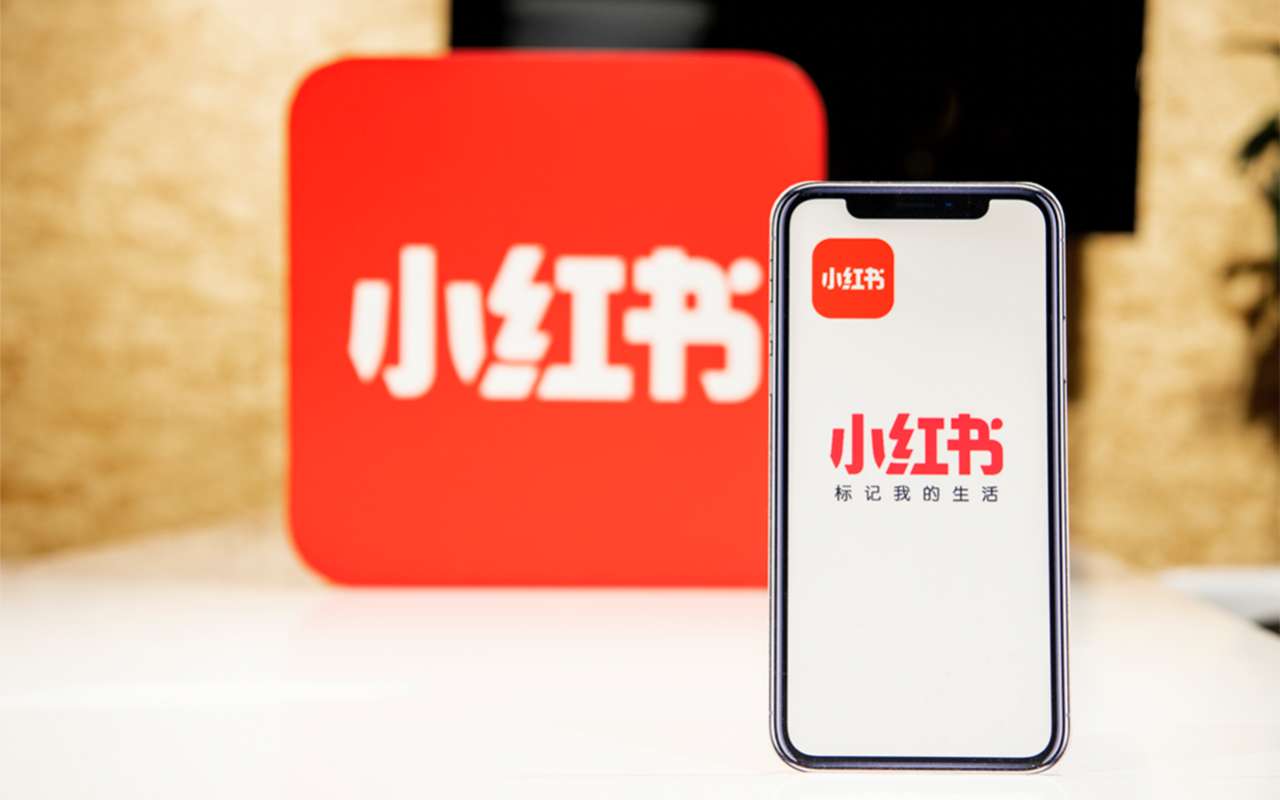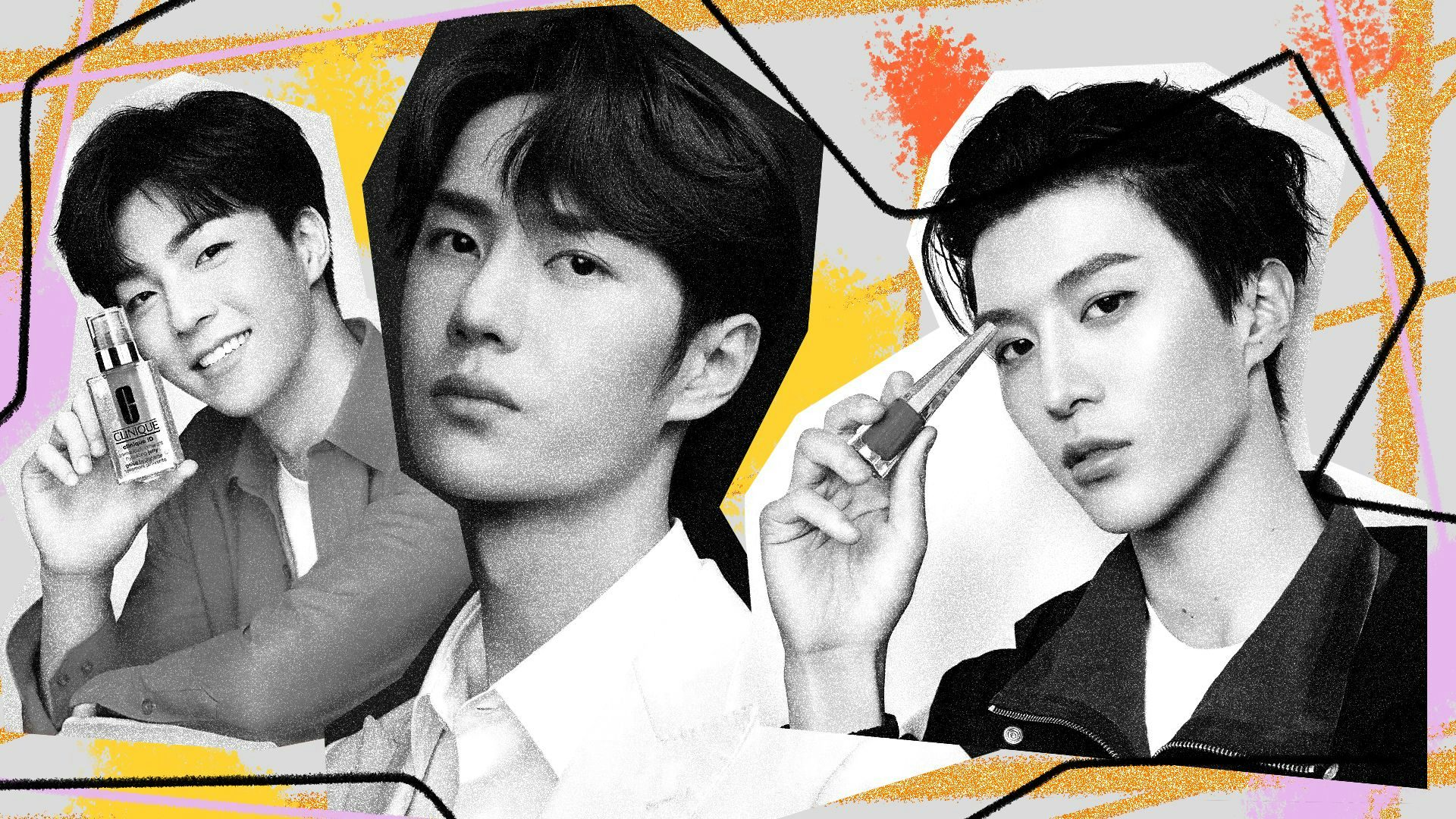August 20, the popular social platform Little Red Book and the international market research company Ipsos jointly published their latest Mid-Year Cosmetics Insights Report. Covering the period between January and June of 2020, the report addresses beauty market insights, beauty user profiles, and marketing suggestions based on market statistics.
Due to the COVID-19 pandemic, China saw radical changes in beauty consumer habits in the first half of the year as compared to the steady growth of the last few years. Since consumers were in lockdown for the outbreak of COVID-19 in January, they wore less make-up. But they soon started to depend on e-commerce platforms for their beauty needs.
Then, as the nation entered its recovery period in mid-March, e-commerce platforms and brands dove headfirst into promotional events ranging from consumer subsidies to livestream sessions. The lockdown phase and masked-recovery phase brought out different consumer habits, offering variant opportunities and challenges to the market.
Due to these changes, the number of beauty-related content creators on Little Red Book grew by 192 percent during this period, as compared to the first half of 2019. With Little Red Book predominantly being trafficked by women, the report found that 56 percent of the site’s audience wanted beauty content.
As such, Jing Daily has parsed through the entirety of this report to extract the three main trends that are emerging from China’s 450-billion, post-COVID-19 beauty market.
C-beauty content viewing exploded#
Young C-beauty brands experienced explosive growth during the first half of 2020. COLORKEY, a Guangzhou-based brand that was founded in 2018, saw an astonishing 8,529-percent increase in content views. Other brands, such as Girlcult, Winona, and Marubi, also saw their content views shoot skyward.
The report shows that C-Beauty now encompasses a wide array of ingredients and subcategories, but the consumers know their differences pretty well. Florasis, JudyDoll, and Perfect Diary, for instance, are loved for their cosmetics, while Winona and Dr.Yu’s skincare products are preferred by consumers with sensitive skin.
Western beauty brands still top the charts with 62 percent of all brand-related content views (down by 1.2 percent from the previous year), followed by J-beauty, K-beauty, and Thai beauty brands combined (30.2 percent). C-Beauty, which is the only category that has seen an overall increase (up 2.4 percent), accounted for 7.8 percent of all beauty content views.
Users from new first-tier cities and second-tier cities gain importance#
Of all the female users who read about beauty in this period, 42 percent were from new first-tier cities, such as Chengdu and Nanjing, as well as second-tier cities. The report also noted that Little Red Book saw more beauty content consumers coming from third-tier and fourth-tier cities, as compared to the same period in 2019.
In terms of age, the largest group of female beauty content consumers were between the ages of 19 and 22. That category was trailed by those readers between 23 and 27.
Meanwhile, trends for male beauty content consumers on the social app paralleled the women’s, except that 23 through 27 was the largest age group for male users.
The he-conomy is on the rise#
The same report also said that male users on Little Red Book have been paying particular attention to skincare, as male beauty content views enjoyed the most volume growth year-on-year (67 percent).
Personal care needs and perfume also ballooned among male users, growing by 95 percent and 70 percent, respectively. Content views for serum and facial cleansing-related products also increased compared to the same period last year.
In addition to its user insights, the report also suggests that brands should build trust through key opinion influencers as a way to do greater business with consumers (otherwise known as the B2K2C loop).
Specifically, the report says brands should find the best KOL fit through analysis of a KOL’s consumer influence through their post and livestream data. Consumers can share their experiences with brands after the initiative ends.
Moreover, the report also suggests that brands should ride on the waves of key dates — including Chinese Valentine’s Day, graduation season in July, and wedding season in October — to create more powerful marketing scenarios. These research results are based on statistics from Little Red Book, Ipsos’ social media databases, and QuestMobile — a China-based big-data intelligence services provider.

